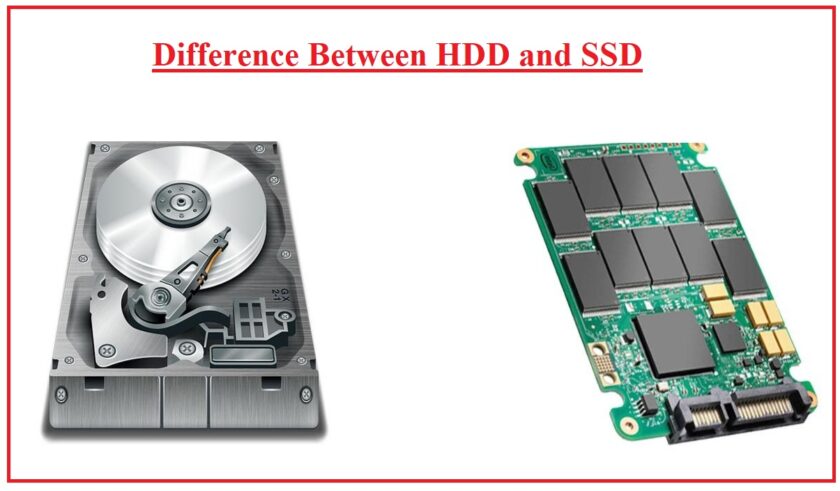Advanced Web Design Techniques for 2024
Introduction
The world of web design is constantly evolving, with new technologies, tools, and trends emerging each year. In 2024, web designers are leveraging advanced techniques to create visually stunning, highly functional, and user-friendly websites. This article explores some of the most cutting-edge web design techniques that are set to dominate in 2024, providing insights into how these methods can enhance the user experience and drive engagement.
1. Augmented Reality (AR) Integration
Overview: Augmented Reality (AR) overlays digital information onto the real world, providing interactive and immersive experiences for users. AR is becoming increasingly popular in web design, particularly for e-commerce, real estate, and entertainment websites.
Key Techniques:
- Product Visualization: Allow users to visualize products in their own environment using AR, enhancing the shopping experience.
- Interactive Elements: Integrate AR elements such as 3D models, animations, and interactive graphics to engage users and provide additional information.
- Virtual Try-Ons: Enable users to virtually try on products like clothing, accessories, or makeup, improving the decision-making process.
Benefits:
- Enhanced User Engagement: AR creates memorable and interactive experiences that keep users engaged.
- Increased Conversion Rates: Providing a realistic view of products can boost user confidence and increase sales.
2. Voice User Interface (VUI)
Overview: Voice User Interface (VUI) allows users to interact with websites using voice commands. As voice search and virtual assistants like Alexa and Siri become more prevalent, integrating VUI into web design can enhance accessibility and usability.
Key Techniques:
- Voice Search: Implement voice search functionality to enable users to find information quickly and easily.
- Voice Navigation: Allow users to navigate the website and execute commands using voice instructions.
- Personalization: Use voice recognition to offer personalized experiences based on user preferences and history.
Benefits:
- Improved Accessibility: VUI makes websites more accessible to users with disabilities or those who prefer voice interactions.
- Convenience: Voice interactions provide a hands-free, efficient way to navigate and use websites.
3. Micro-Interactions and Micro-Animations
Overview: Micro-interactions and micro-animations are subtle, engaging animations that provide feedback, guide users, and enhance the overall user experience. They are often used to highlight interactive elements, provide visual cues, and create a more dynamic interface.
Key Techniques:
- Button Animations: Animate buttons when hovered over or clicked to provide feedback and improve the interactive experience.
- Loading Animations: Use micro-animations to indicate loading processes, keeping users informed and entertained while they wait.
- Form Interactions: Animate form fields and inputs to guide users through the process and highlight errors or successful submissions.
Benefits:
- Enhanced Usability: Micro-interactions provide visual feedback and cues that help users understand how to interact with the website.
- Engagement: Subtle animations create a more dynamic and enjoyable user experience.
4. Dark Mode Design
Overview: Dark mode design offers a dark color scheme that reduces eye strain, conserves battery life on mobile devices, and provides a modern aesthetic. Many websites are now offering dark mode as an option, allowing users to switch between light and dark themes based on their preferences.
Key Techniques:
- Theme Toggle: Provide a toggle switch that allows users to switch between light and dark modes easily.
- Design for Contrast: Ensure that text and interactive elements have sufficient contrast against dark backgrounds for readability and accessibility.
- Consistent Branding: Maintain brand consistency across both light and dark modes by adapting color schemes and visual elements.
Benefits:
- User Comfort: Dark mode reduces eye strain, especially in low-light environments, enhancing user comfort.
- Aesthetic Appeal: A well-designed dark mode can give the website a sleek and modern look.
5. Advanced CSS Techniques
Overview: Cascading Style Sheets (CSS) continue to evolve, offering advanced techniques for creating complex layouts, animations, and responsive designs. Leveraging these CSS features can significantly enhance the visual appeal and functionality of websites.
Key Techniques:
- CSS Grid and Flexbox: Use CSS Grid and Flexbox to create complex, responsive layouts that adapt to different screen sizes and orientations.
- CSS Variables: Implement CSS variables to manage and update styles efficiently across the entire website.
- Custom Animations: Use CSS animations and transitions to create custom animations that enhance the user experience.
Benefits:
- Responsive Design: Advanced CSS techniques enable the creation of flexible, responsive layouts that provide a consistent experience across devices.
- Efficiency: CSS variables and reusable components streamline the development process and make it easier to maintain and update styles.
6. AI and Machine Learning Integration
Overview: Artificial Intelligence (AI) and Machine Learning (ML) are being integrated into web design to provide personalized experiences, automate processes, and enhance user interactions. AI can analyze user behavior, predict preferences, and offer tailored content.
Key Techniques:
- Personalization: Use AI algorithms to personalize content, recommendations, and user experiences based on behavior and preferences.
- Chatbots: Implement AI-powered chatbots to provide instant customer support, answer queries, and guide users through the website.
- Predictive Analysis: Use ML to analyze user data and predict trends, helping to optimize content and design elements.
Benefits:
- Enhanced User Experience: AI-driven personalization creates a more relevant and engaging experience for users.
- Efficiency: AI and ML automate tasks, reducing the workload for developers and improving site performance.
7. Inclusive and Accessible Design
Overview: Inclusive and accessible design ensures that websites are usable by people of all abilities, including those with disabilities. This approach focuses on creating interfaces that are perceivable, operable, understandable, and robust for everyone.
Key Techniques:
- ARIA Landmarks: Use Accessible Rich Internet Applications (ARIA) landmarks to improve navigation for screen readers.
- Keyboard Navigation: Ensure that all interactive elements can be accessed and operated using a keyboard.
- Color Contrast: Maintain sufficient color contrast between text and backgrounds to improve readability for users with visual impairments.
Benefits:
- Broader Reach: Accessible design makes websites usable for a wider audience, including people with disabilities.
- Compliance: Adhering to accessibility standards helps comply with legal requirements and avoid potential lawsuits.
Conclusion
Web design in 2024 is characterized by the integration of advanced technologies and techniques that enhance user engagement, accessibility, and overall experience. From Augmented Reality and Voice User Interfaces to advanced CSS techniques and AI integration, these innovations are shaping the future of web design. By staying updated with the latest trends and incorporating these advanced techniques, web designers can create modern, responsive, and user-friendly websites that meet the evolving needs of users.






